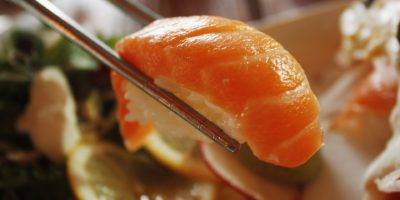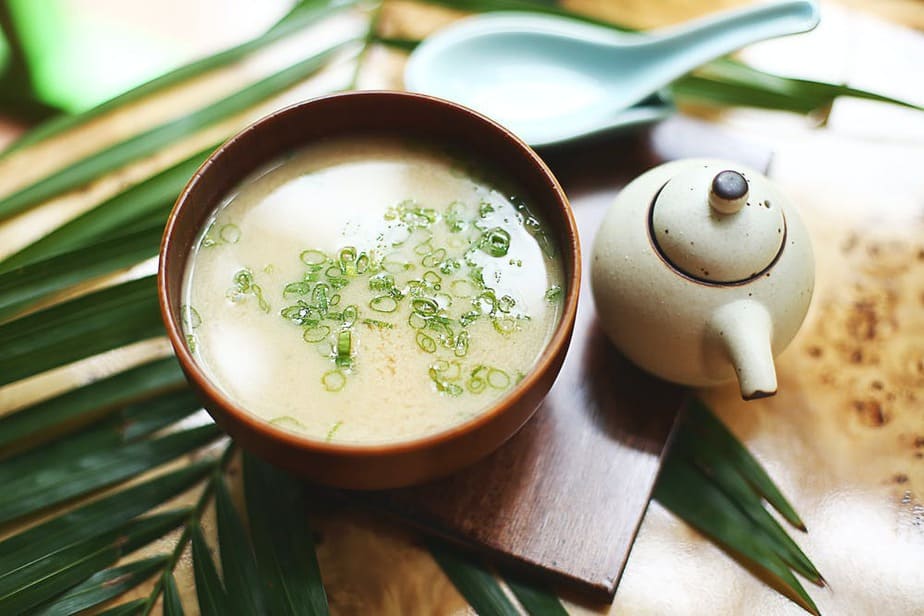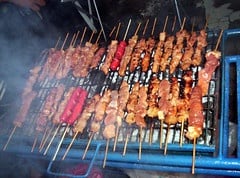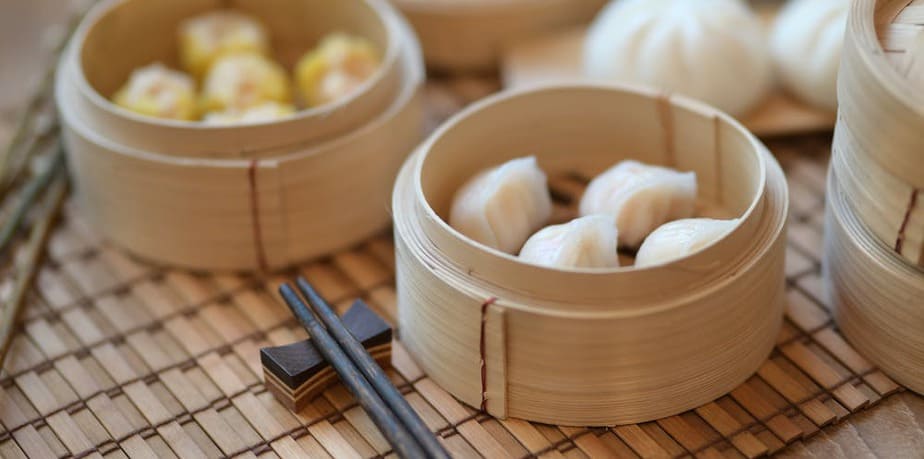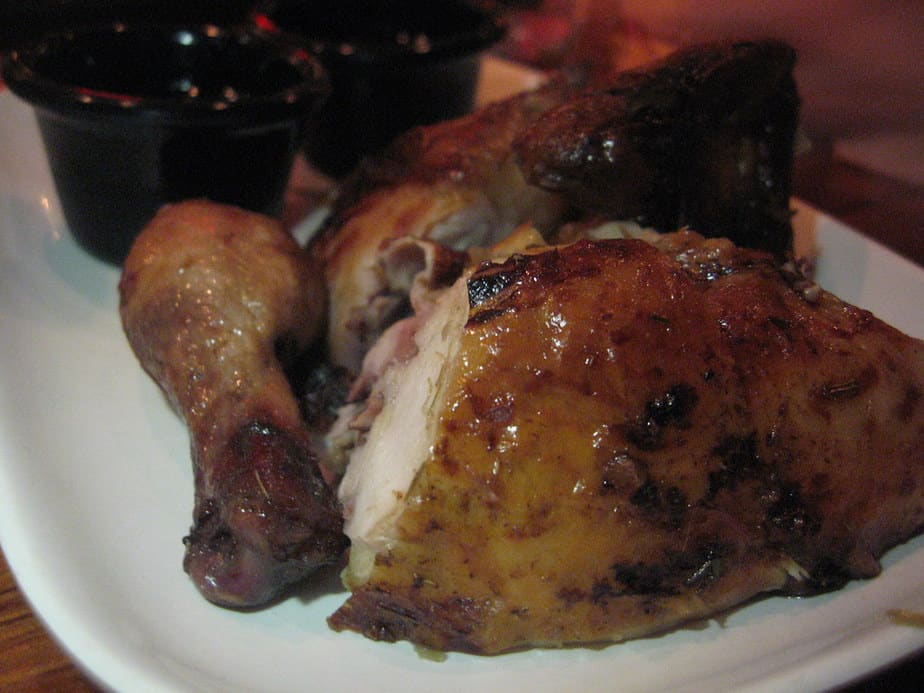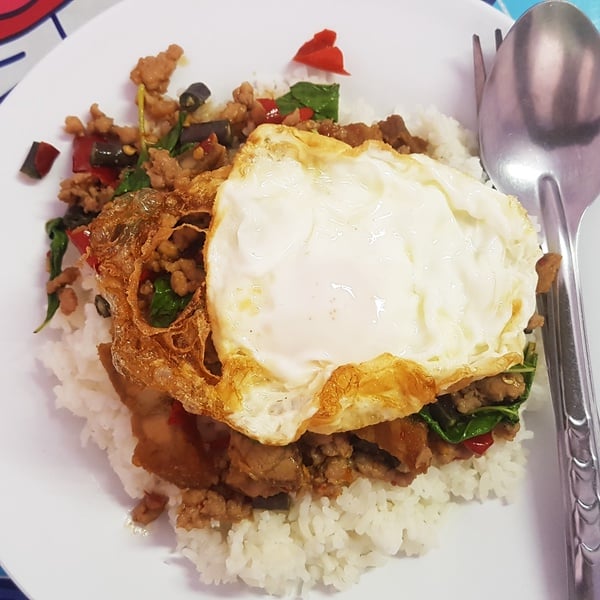The Thai Breakfast
The ‘Thai Breakfast’, so to speak, may not necessarily be what the phrase itself conjures up in terms of expectation or imagery. If that sounds somewhat cryptic or convoluted in any way, it may be due to the fact that in the SE Asian tropics of Thailand, the term ‘breakfast’ has much broader connotations than in say, Western continents. In fact, the Thai term for breakfast (aharn chao) is only loose terminology that translates as ‘food in the morning’.
So, in typically Thai fashion, there is quite a bit more flexibility in terms of what constitutes breakfast food. Indeed, for a large proportion of the population, there may be no variation whatsoever between the meals taken at either this time of the day or any other.
Compared to Western countries where the idea of breakfast does tend to revolve more around specific types of food such as toast, cereal or bacon and eggs, for instance, don’t be too surprised if you visit Thailand and happen across people eating spicy green curry or fried rice in the mornings.
Another factor that has influenced the kind of breakfast consumed by many Thais in recent years, and especially the urbanized, younger generations, has been the rise of ‘convenience food’, especially the 7-eleven variety (which is to be found in pretty much every street). This means the consumption of what might have once been considered Western foods such as sandwiches, toasties, yogurts and milk has increased, although these chain stores do also sell a wide range of Thai food (albeit processed and microwavable) that has been picked up on by the ‘grab-and-go’ generation.
However, there is also a huge range of ‘grab-and-go’ Thai food, available mainly from street vendors who do a huge trade in the mornings somewhere between the hours of 6.00 am and 10.00 am. There is also a plethora of ‘street restaurants’ that have tables and chairs and cater for those who prefer to stop off for a bite of Thai breakfast on their way to work – although these have been on the decrease over the last decade or so due to the massive influx of 7-eleven franchised stores (stocked by the Thai processed food giant CP) that have incorporated versions of even the popular Thai street food.
There are a few Thai foods that are largely considered as mainly breakfast options, and we aim to present a few pointers in this article towards what they are comprised of exactly, and what might actually be considered as a true Thai breakfast. Having said that, this is Thailand so nothing is fixed, and there will definitely be at least a couple of items included that may well be eaten at just about anytime throughout the day or night!
1. PA-TONG-KO (Thai donut)
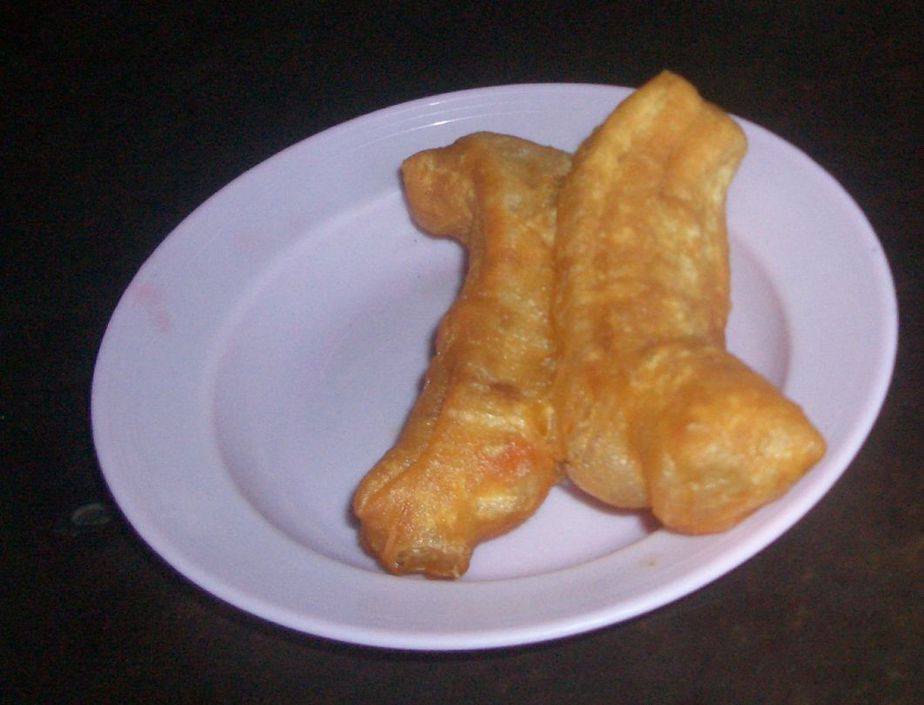
By LigerCommon – Own work, Public Domain, Wikimedia
Pa-tong-ko is what might be considered as a ‘Thai donut’ – not so much in shape but more in constitution. One of the sights and sounds of early morning street perusal in Thailand is that of the vendors selling pa-tong-ko molding small pieces of sweet dough which is then deep fried into a light and fluffy treat with a crispy demeanor.
Sometimes pa-tong-ko can be salty or sweet, and it is usually sold wrapped in paper with a sweet, Thai-style custard (sang kaya) as take-away food. This is a hugely popular Thai breakfast snack, particularly for coffee drinkers, and it is a reasonably inexpensive option which is widely-available.
WHERE: mainly street vendors
HOW MUCH: inexpensive, around 30 baht for 3-5 pieces
2. JHOK (Rice porridge, or congee)
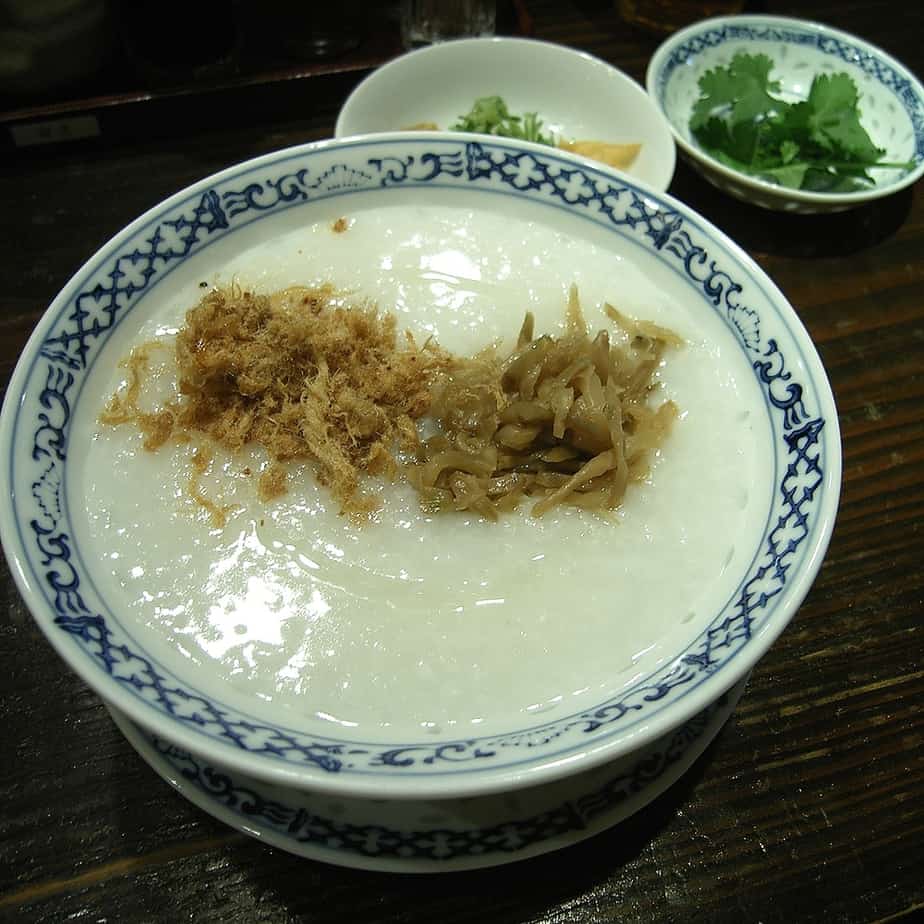
By Daiju Azuma – Own work, CC BY-SA 2.5, Wikimedia Commons
Possibly even more of a common Thai breakfast option than pa-tong-ko is ‘Jhok’ (and it is not uncommon for the two to be eaten together even). Pronounced ‘Joke’, this is a dish usually described as ‘rice porridge’ ‘Thai oatmeal’ or ‘congee’, consisting of rice that has been boiled until it is virtually dissolved, forming a thick, white congee.
Jhok is a dish popular with children and adults alike, and (not unlike chicken soup) it also serves as a staple comfort food or even a recovery food when people are or have been ill. It is served very hot, often with an egg dropped into the middle of it, along with a little minced pork.
According to taste it may be garnished or seasoned with a little salt or the ever-popular soy sauce, or maybe even dried chili powder by some who can’t do without their dose of spice, even in the morning. (See ‘Khao Tom’ below for more detail on the common condiments in Thailand available with breakfast or food in general.)
WHERE: mainly street vendors
HOW MUCH: reasonably inexpensive, around 40 baht
3. KHAO TOM (Rice soup)
Another rice-based dish very similar to Jhok is ‘Khao Tom’. Also popular as both a breakfast and a recuperative comfort food in Thailand, Khao Tom differs only in consistency. This dish is somewhat more of a rice soup than a porridge, using rice that has already been cooked as the main part of the soup so that it retains its original consitency. Khao Tom (like Jhok) is commonly complemented with either minced pork and/or an egg, with a coriander garnish being common according to taste.
This popular Thai breakfast choice is available with street vendors and restaurants alike, and the option of additional or other varieties of meat such as chicken or shrimp is also common.
Some locals may spice up this otherwise fairly plain dish with condiments such as the much-used fish sauce (Nam Pla) and/or soy sauce (sauce too-ah luang), and /or possibly the obligatory crushed, dried chili powder (prik pon), all of which are staples in any restaurant in Thailand.
WHERE: street vendors and some restaurants
HOW MUCH: reasonably inexpensive, usually between 40 and 60 baht
4. KHAO KAI JEOW (Rice topped with an omellette)
In many countries eggs are considered as an ideal breakfast choice, and Thailand is no different on that score. Along with the boiled and par-boiled eggs that are used in two of the previous Thai breakfast dishes, and the fried eggs that will be mentioned later, comes the Thai omelette (khai-jeow).
The Thai omelette is a reasonably simple but tasty variation of a classic egg dish, usually made with soy sauce, maybe a few challottes, and/or minced pork, but quite often it is just a plain omelette, served with ketchup or ‘Thai ’ ketchup that is obviously a bit more spicy than the standard variety.
As with all things Thai, rice is on the menu, so most people will choose rice (khao) topped with an omellete as a somewhat more substantial option than some of the other food available in the morning.
There are plenty of street vendors around who make only omelette, allowing the specific ingredients or number of eggs used to be chosen by the customer before it is served up on a bed of rice. Kai-jeow itself is available in most restaurants at any time, making it a popular additional choice for hungry punters and is versatile in that it goes with pretty much anything in terms of Thai food.
WHERE: street vendors, restaurants
HOW MUCH: depending on where purchased, between 30 and 100 baht
5. KHAO NEOW MOO PING (Sticky rice with grilled or barbecued pork on a stick)
Moo ping is a relatively inexpensive and widely-available skewer of barbecued pork that is mostly the preserve of street vendors the land over. This is usually sold with small, 10-baht bags of sticky rice (khao neow) and the vendors can be found on pretty much any busy Thai street.
Its low cost makes this breakfast option a popular choice for workers from all backgrounds and employment levels, which is why the vendors may often be subjected to queues of customers, especially during what might be considered rush hours. Khao neow moo ping is also available in many restaurants as a breakfast or lunchtime option, but most people on their way to work are likely to grab a bag or two from a local street vendor and be on their way.
WHERE: street vendors
HOW MUCH: anywhere from 5-20 baht for a skewer of pork, and the same for the rice, again depending on who is buying and where it is bought from
6. KHANOM JIIB (Dim Sum)
More well-known as dim sum for lovers of Chinese food, this is one of the many forms of Thai food that have been adapted from Chinese cuisine. Easy to find from street vendors (and of course from 7-Eleven), the Thai version of dim sum comes in a variety of colours according to what it is mainly comprised of.
This could be minced shrimp, pork or chicken, and this is another popular Thai breakfast choice for the ‘on-the-go’ variety of customer who will usually be on their way with it, although there are a good few street stalls that offer seating and may have other accompanying options such as soup or rice dishes, usually in the ‘Chinese vein’. Khanom jiib is usually sold in bags of 3-5 pieces and is relatively inexpensive.
WHERE: street vendors, street restaurants, restaurants
HOW MUCH: usually 5-10 baht each
7. SARAPAO (Steamed bun)
This is another Thai adaptation of Chinese cuisine (baozi), and a close cousin of dim sum – ‘sarapao’ is again a widely-available and relatively inexpensive Thai breakfast option.
The Sarapao is a steamed white bun that comes with a variety of both sweet and savoury fillings such as minced pork, red bean and sweet cream, and is another popular street food that has been monopolized by the dreaded 7-Eleven franchise chain that now seems even more apparent than ever before on the streets of Thailand (sometimes literally with different stores being within meters of each other! ).
Depending which area you may find yourself in, but largely in busy city districts, sarapao can be found with street vendors or street restaurants who are apparent from the large, stacked, stainless steaming apparatus that is commonly-used in the preparation of this food.
WHERE: street vendors, street restaurants, Chinese restaurants
HOW MUCH: between 10 and 25 baht each depending on quality and vendor
8. GAI YANG KHAO NEOW (Grilled or barbecued chicken with sticky rice)
‘Gai Yang’, along with moo ping, is one of THE most popular street foods available, and like moo ping can be found on pretty much any street in Thailand in city areas. It is easily found due to the smoke billowing out of the Thai-style ‘grill’ (more like a barbecue in Western terms), with the price being dependent on the size and cut of the chicken desired.
Again served with bags of inexpensive sticky rice as a Thai breakfast take-away option, with a couple of bags of different condiments that may vary according to the vendor bust will most definitely include some form of spicy, dipping option, gai yang is a breakfast option that should keep the hunger pangs at bay for a good few hours.
WHERE: street vendors, street restaurants, ‘Isaan’ restaurants
HOW MUCH: around 30-100 baht depending on vendor and quality
9. PHAD KHRAPOW ‘KAI DAOW’ (Stir-fried basil and chili with meat, topped with a fried egg)
Phad Khrapow is a staple ‘go-to’ Thai dish for pretty much anyone in the country and is perhaps most commonly made with minced pork. This dish is one of the options here not strictly considered as breakfast but is a popular choice for many in the morning, nevertheless.
The Thai herb ‘khrapow’ is basically Thai basil, which is stir-fried along with chili, chopped garlic and anything from minced pork to chicken, squid, beef or shrimp. It does work particularly well as more of a Thai breakfast ‘meal’ than merely as a snack or a ‘stop-gap’, especially with the fried egg atop it (kai dow) which again is not uncommon on a variety of Thai dishes.
Served on the obligatory bed of steamed, white rice, this dish is also available from street vendors and restaurants (and of course in a processed, microwavable version from the 7-Eleven which is sadly making some contribution towards putting many street vendors out of business).
WHERE: street vendors, street restaurants, standard restaurants
HOW MUCH: around 35-100 baht according to vendor
Planning a trip to Paris ? Get ready !
These are Amazon’s best-selling travel products that you may need for coming to Paris.
Bookstore
- The best travel book : Rick Steves – Paris 2023 – Learn more here
- Fodor’s Paris 2024 – Learn more here
Travel Gear
- Venture Pal Lightweight Backpack – Learn more here
- Samsonite Winfield 2 28″ Luggage – Learn more here
- Swig Savvy’s Stainless Steel Insulated Water Bottle – Learn more here
Check Amazon’s best-seller list for the most popular travel accessories. We sometimes read this list just to find out what new travel products people are buying.




